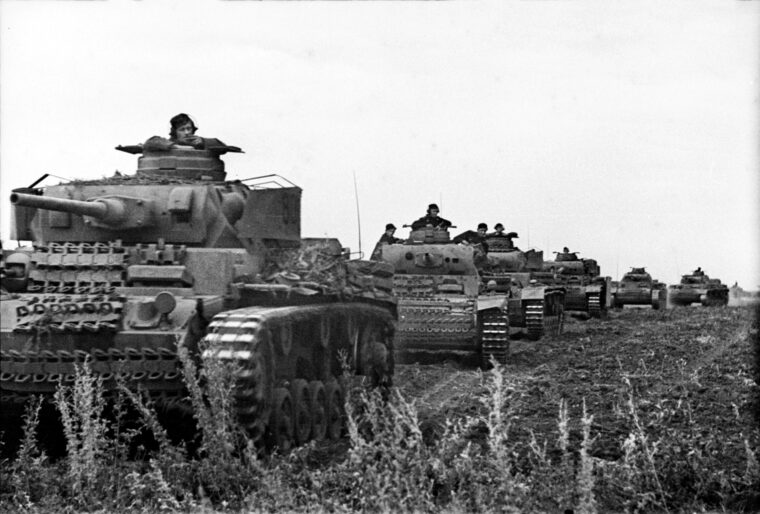
Medal of Honor Recipient Daniel Butterfield
By William F. Floyd Jr.The series of battles that constituted the Confederate offensive against the Union army on the eastern outskirts of Richmond, Virginia, in summer 1862 would thrust a number of Union officers into the limelight. Read more






















